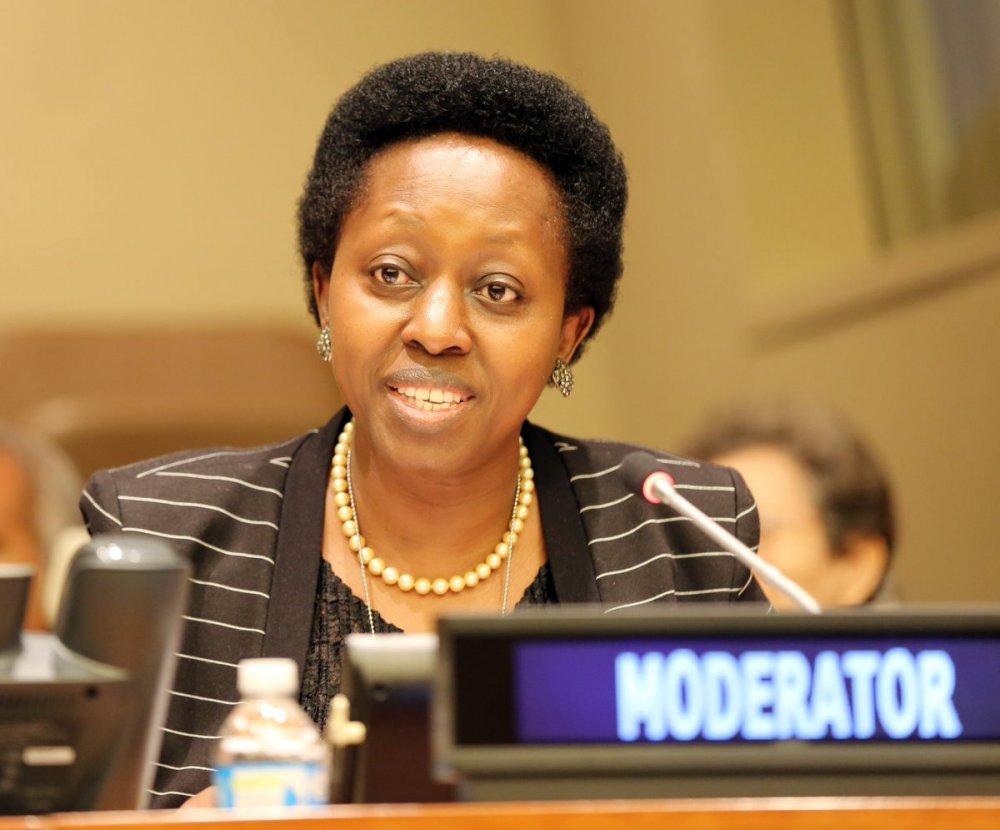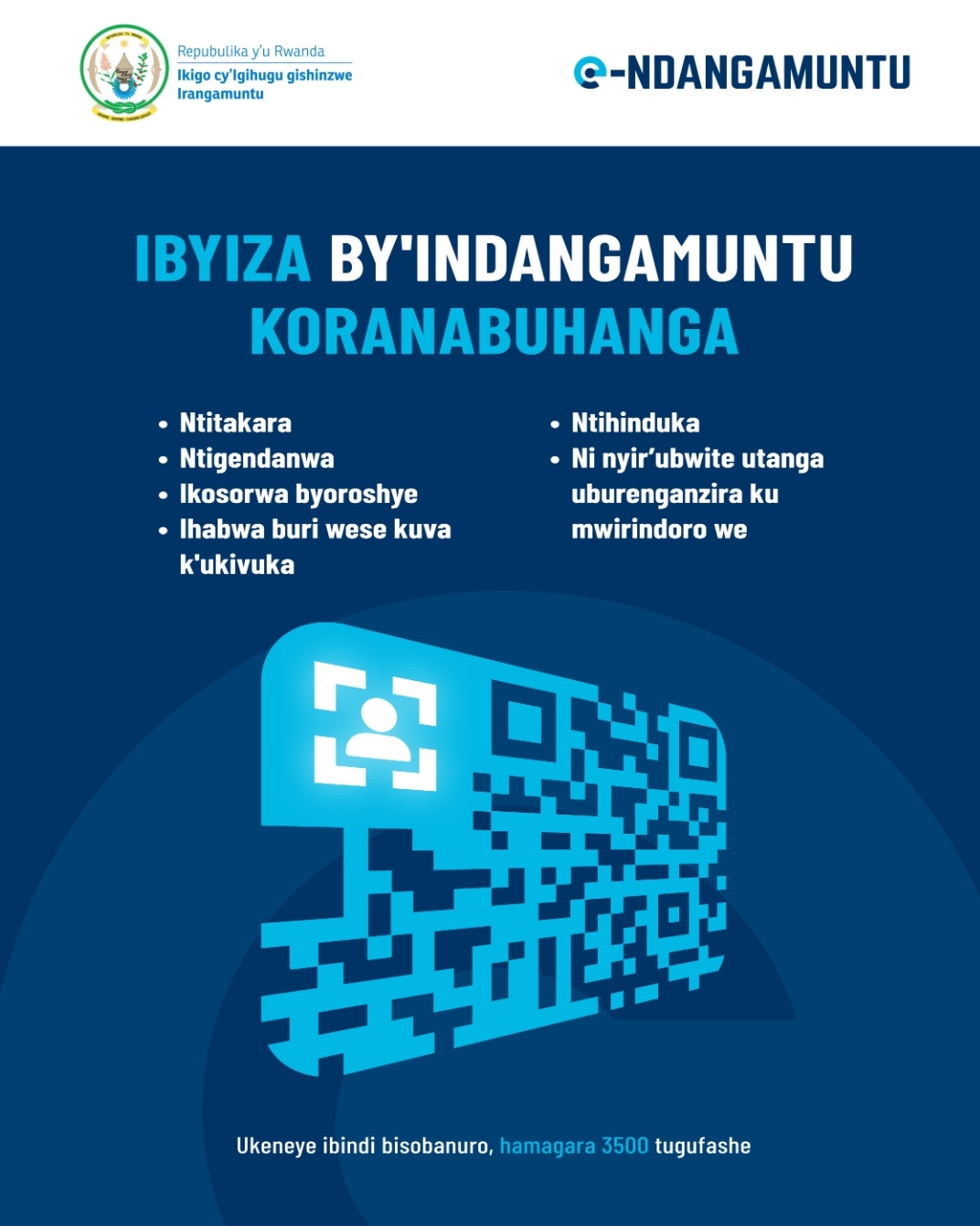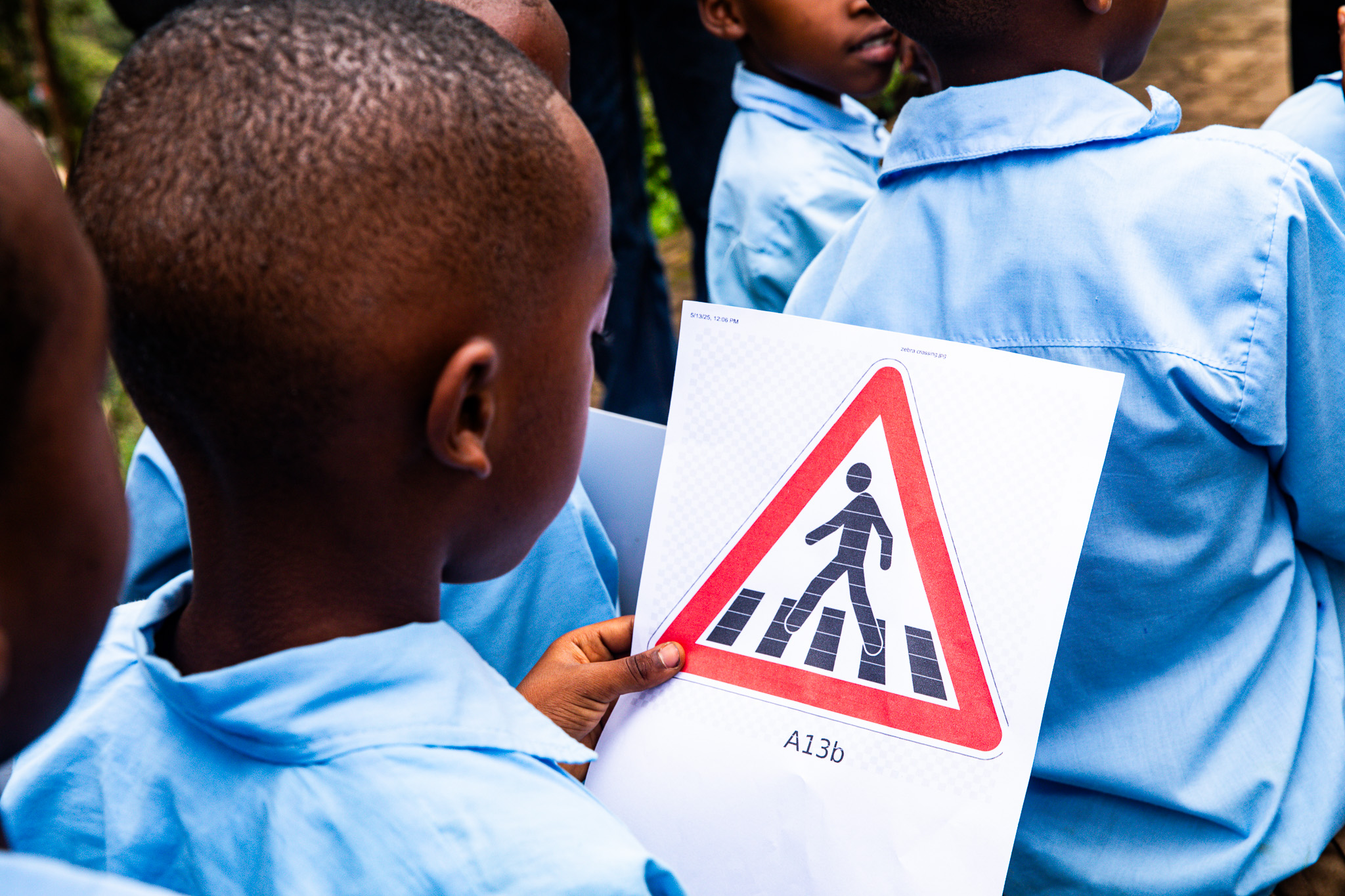
The Rwanda National Police, in collaboration with Healthy People Rwanda (HPR) organisation, engaged students in raising awareness about behaviors that lead to accidents involving walkers and cyclists, and made appeals to road users in general.
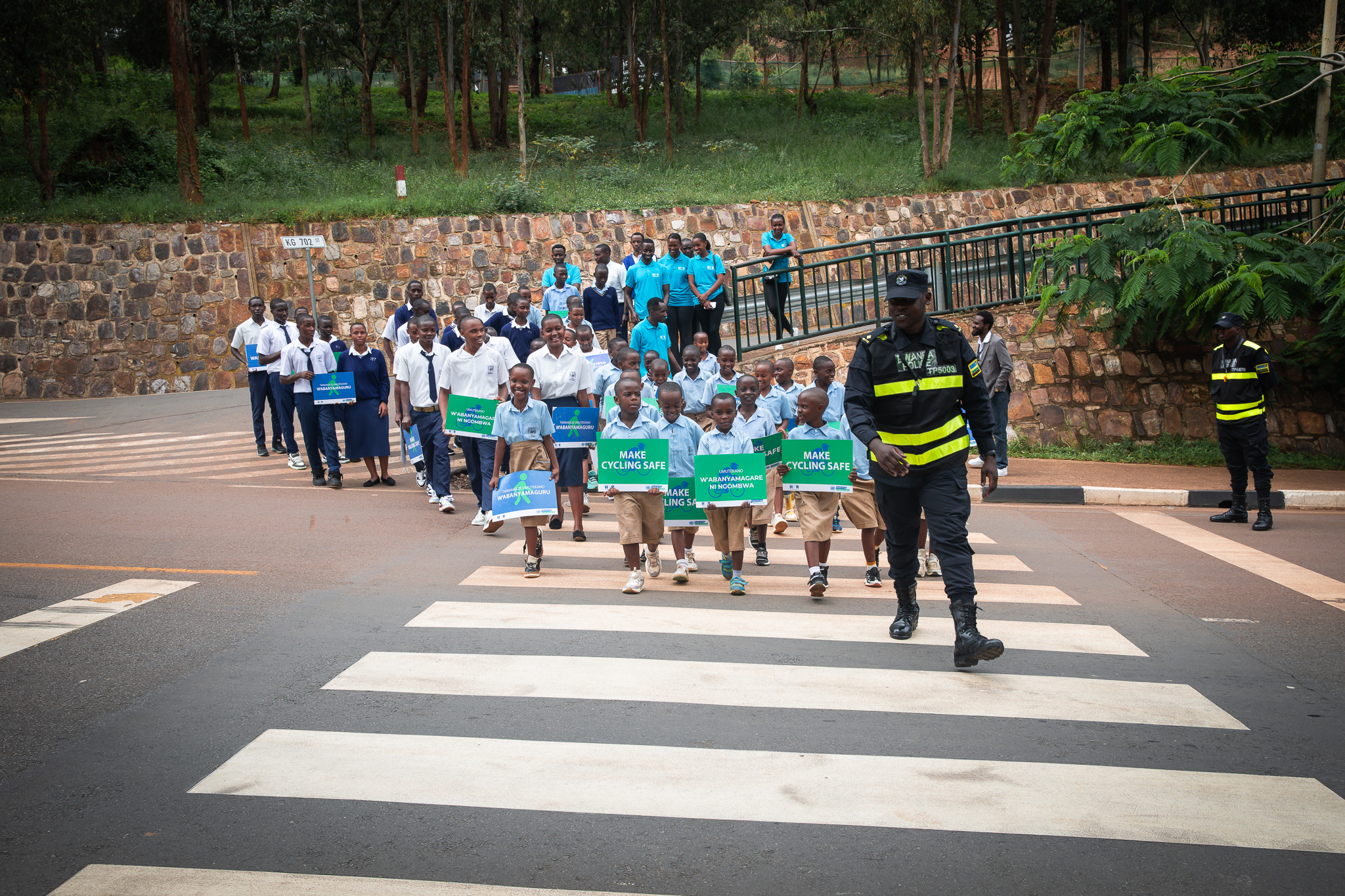
These institutions marked the UN Global Road Safety Week, observed from May 12 to 18, 2025, by condemning the over 200 annual pedestrian and cyclist deaths on Rwandan roads, according to police statistics.
For example, in 2019, 2020, and 2021, road accidents claimed lives of 2,103 Rwandans (an average of over 700 per year), with pedestrians accounting for over 32%, or 224 deaths annually, not including those who survived with permanent disabilities.
The awareness campaign was conducted by students from Saint Ignace and Kigali Christian School in Kibagabaga.
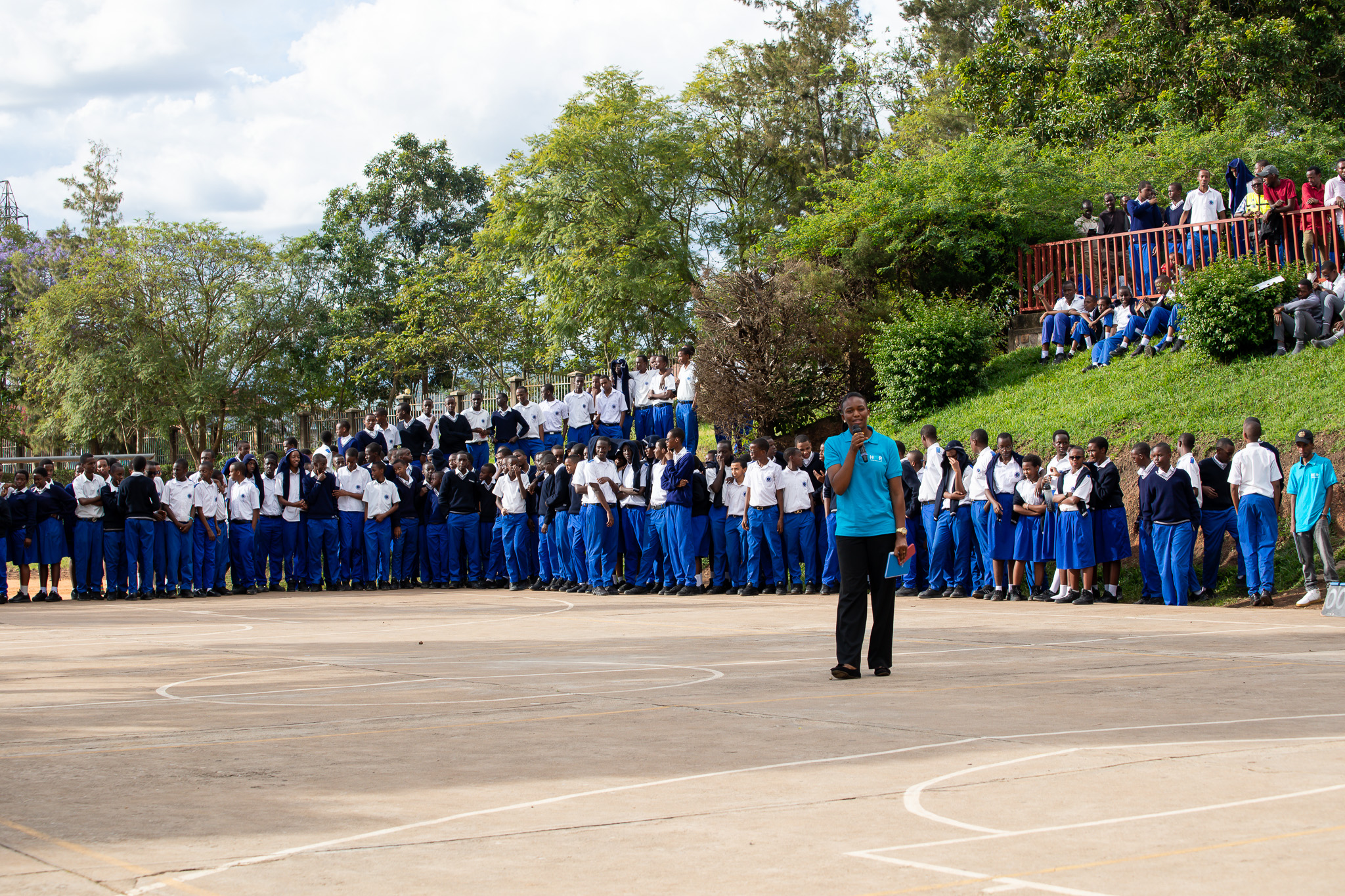
The students marched with signs advocating for walker and cyclist safety. The event also included a basketball match between the two schools, followed by sessions led by the police and HPR teaching proper road behavior.
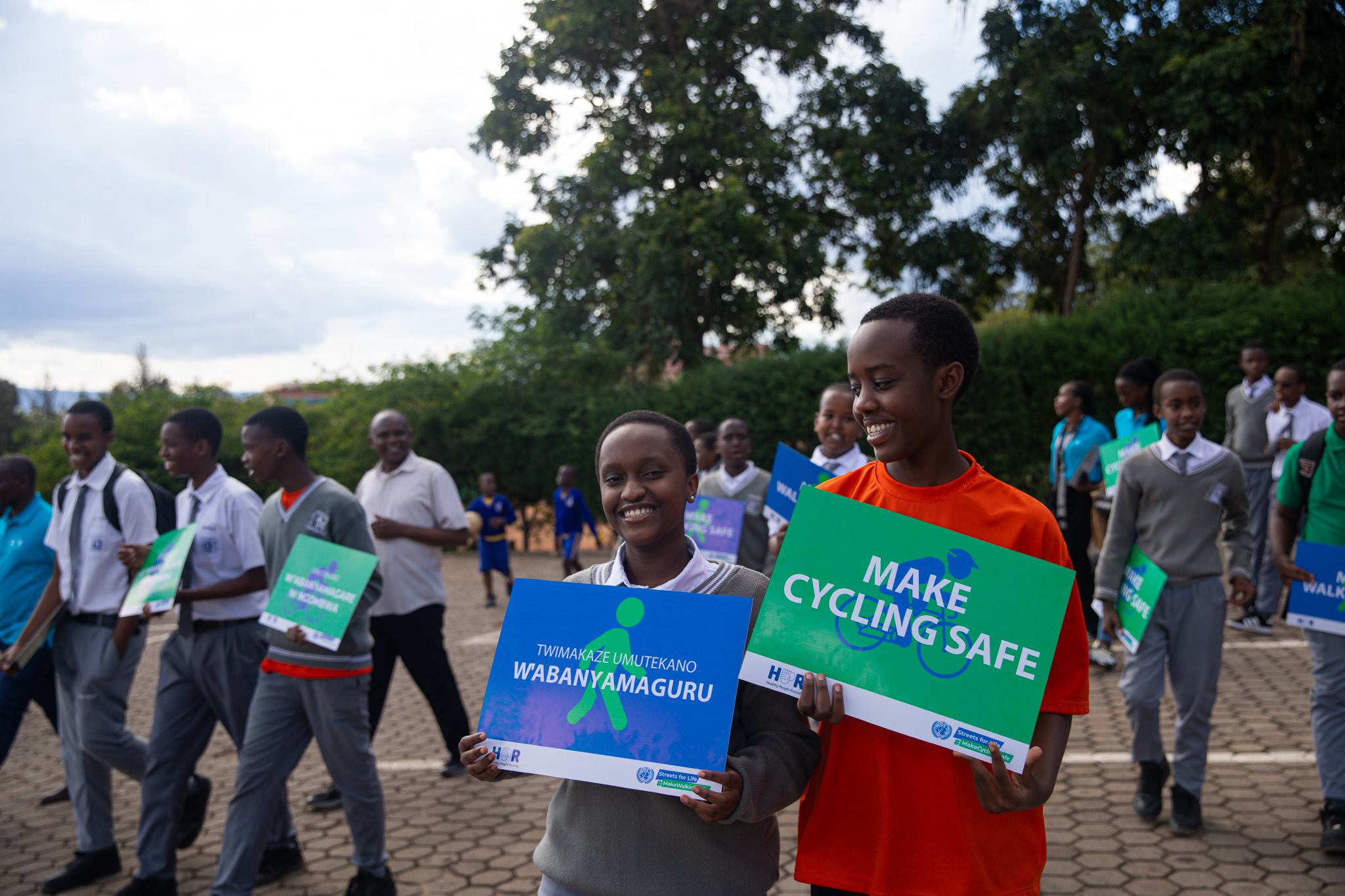
Students from GS Kacyiru went to the Kinamba area to learn how to walk safely on roads when going to or returning from school.
CIP Wellars Gahonzire, the Police Spokesperson for the City of Kigali, stated that pedestrians are often hit by vehicles or motorcycles either because the vehicle approached from behind or was already in the road when the pedestrian stepped in. He advised pedestrians to use sidewalks (usually paved paths) on the left side of the road where they can see oncoming traffic.
He also pointed out that many accidents happen when pedestrians cross roads at undesignated places or rush across zebra crossings without first ensuring vehicles have stopped.
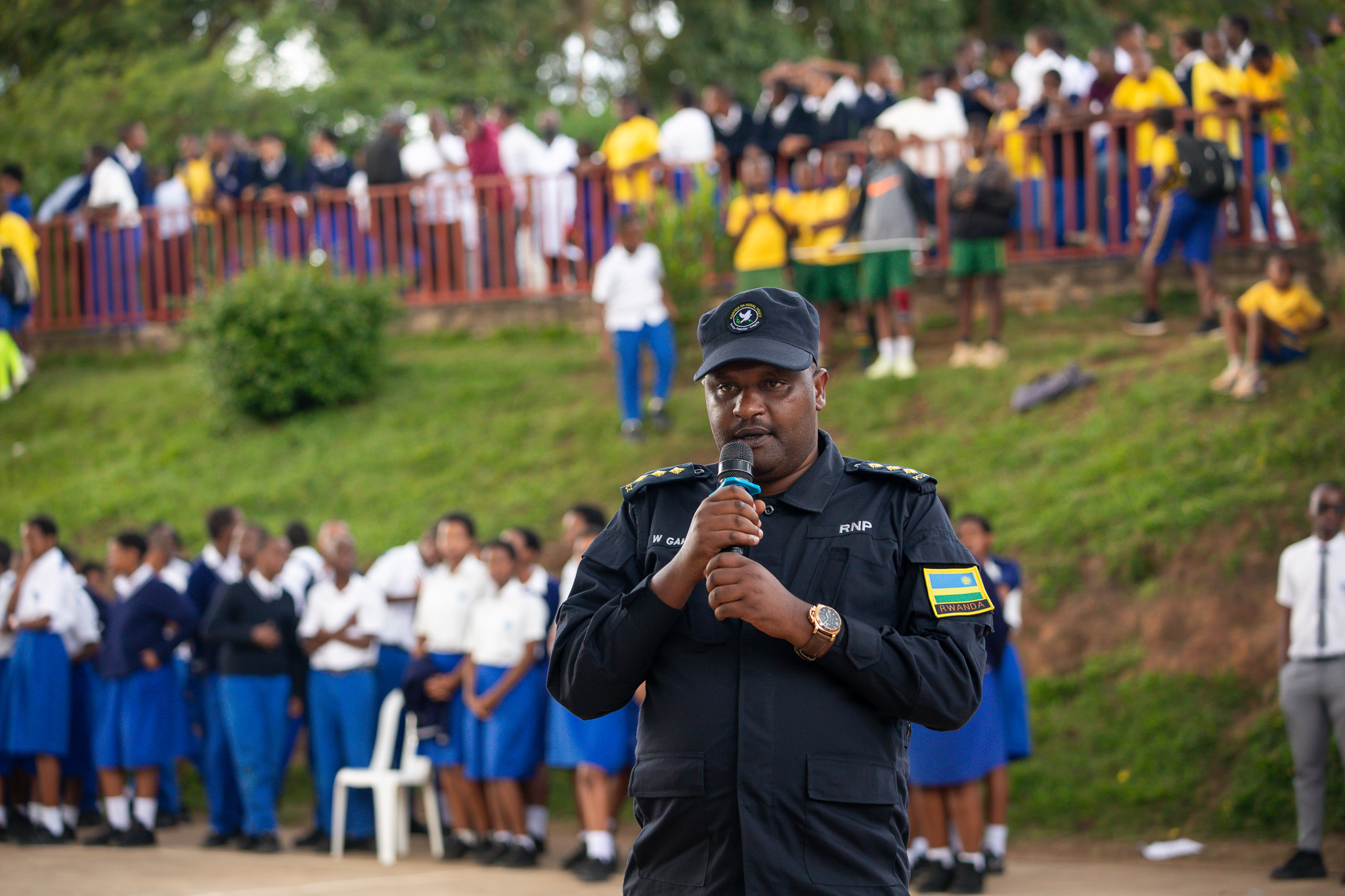
“When a pedestrian sees that a vehicle has stopped, that’s when they should cross — quickly but not running, not holding hands with others, not wearing earphones, and not using a phone. Some students even play in the road, which is dangerous and can cause accidents,” CIP Gahonzire said.
However, he also noted that some drivers still fail to yield to pedestrians at zebra crossings, despite the legal requirement.

Schools with students who cross roads are required to assign staff to assist them in safely crossing the streets during arrival and departure times.
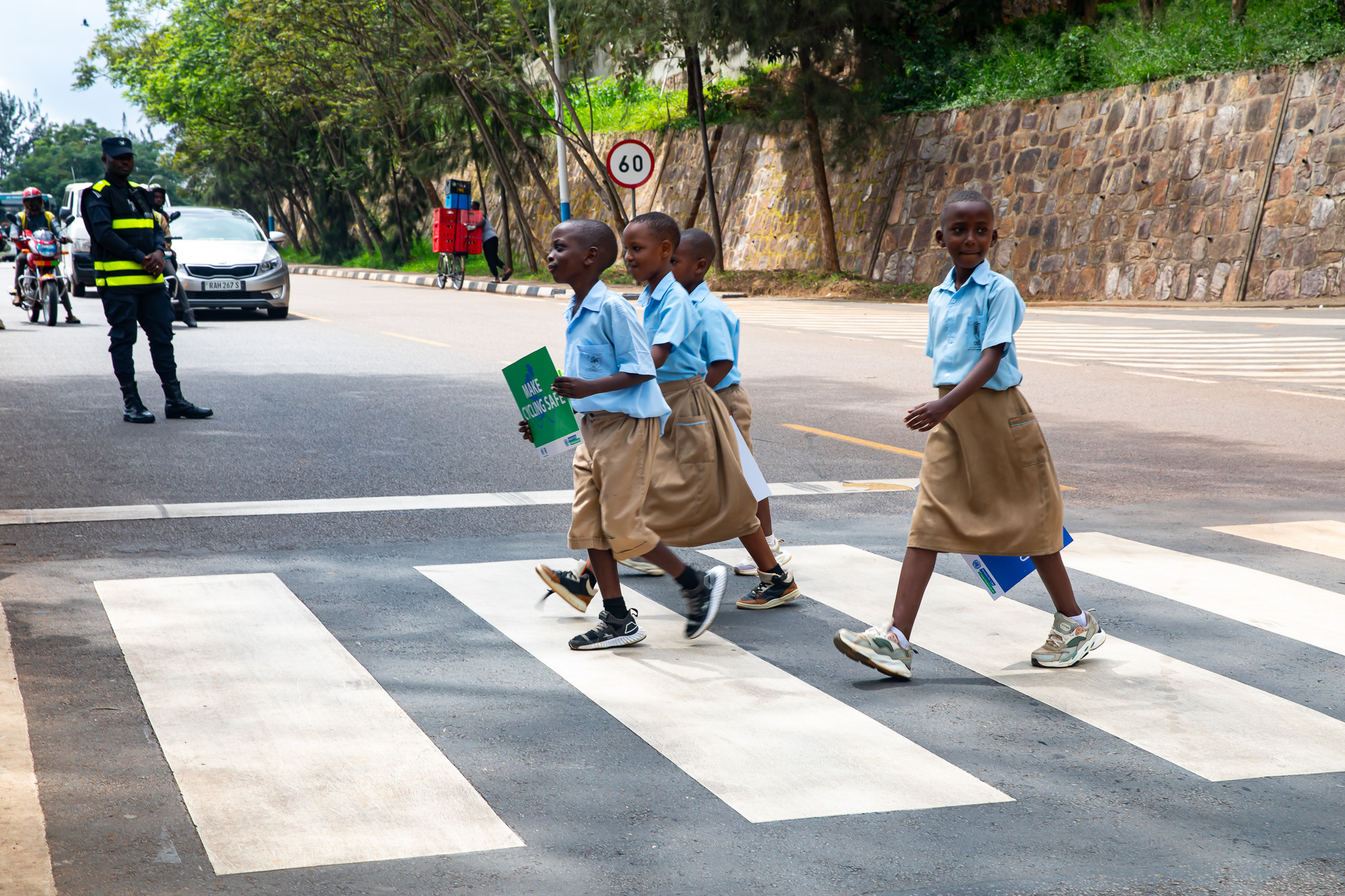
He further explained that cyclists are prohibited from carrying heavy or poorly secured loads, holding on to moving vehicles on slopes, or riding in low visibility after 6 p.m. Instead, they should walk their bicycles and use the roadside.
HPR praised government campaigns like Gerayo Amahoro for contributing to a reduction in road accidents but called for more pedestrian crossings and traffic lights designed for pedestrian use.
They also urged for more speed control measures, especially in residential areas and pedestrian zones, and called for increased collaboration with stakeholders in road safety education campaigns.
Nadine Niwemfura, the HPR project coordinator, stated “We have requested the government to increase the number of pedestrian paths where they do not yet exist, and to include them in road planning studies.”
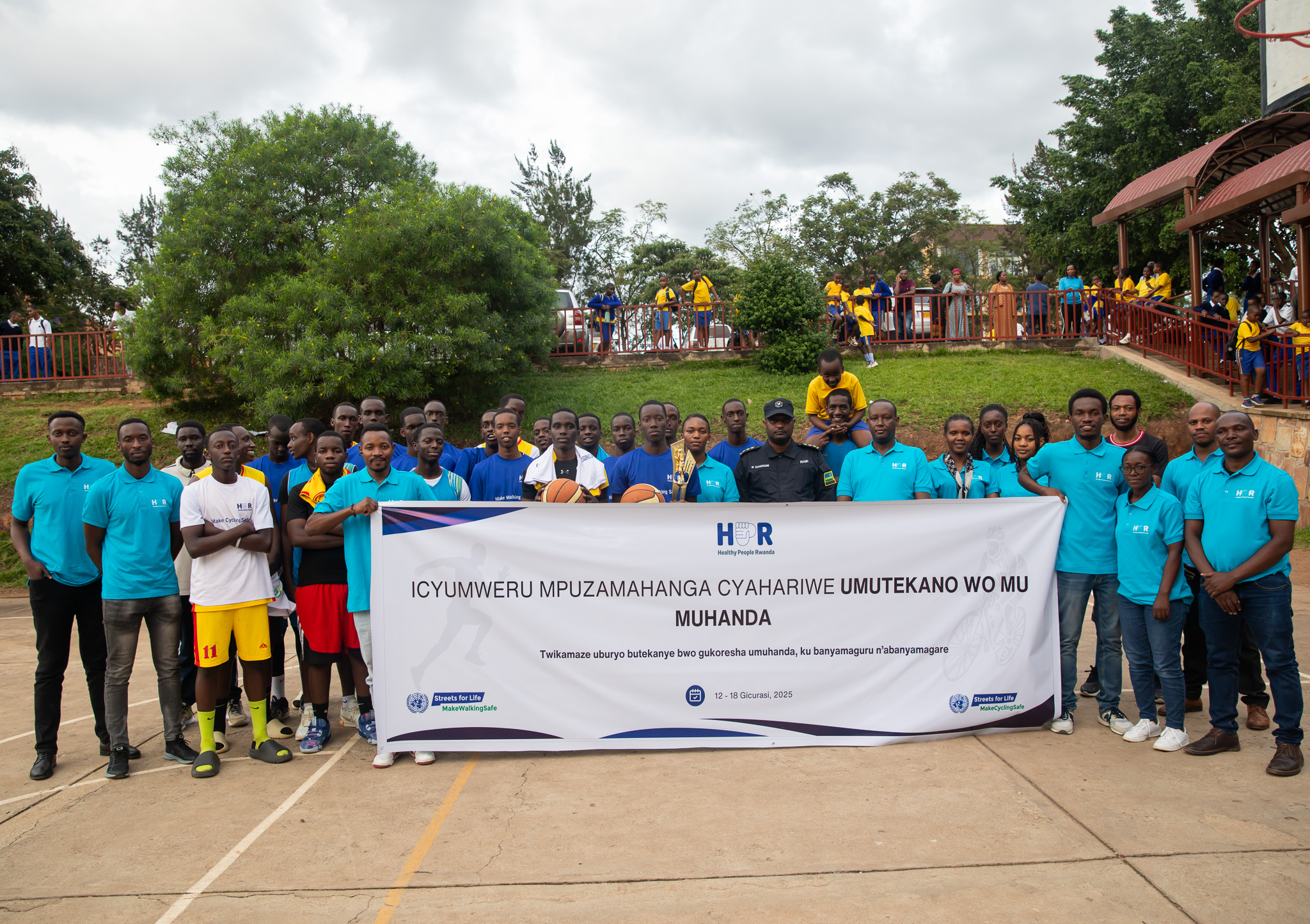
Bugingo Tony Tresor, a senior five math student at Saint Ignace Kibagabaga, emphasized that children and youth are at higher risk of being victims of road accidents, mostly due to a lack of awareness.
Father Emile Nsengimana, the school’s headmaster, said they are preparing to establish a student club focused on road safety awareness and responsible road usage.
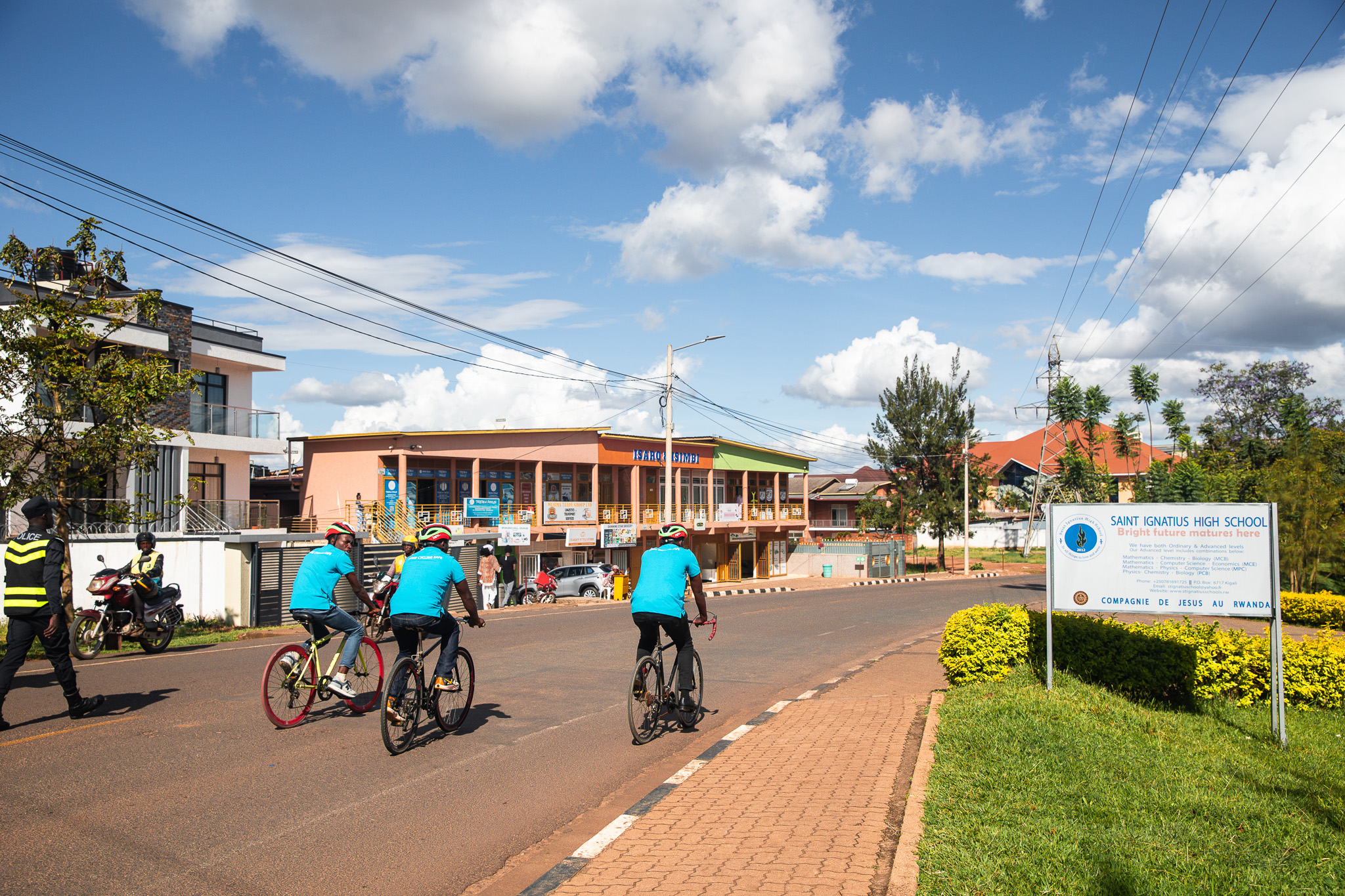
A 2019 report by the World Health Organization (WHO) revealed that half of global road traffic deaths involve pedestrians, cyclists, or motorcyclists.
WHO further reported that road accidents were among the leading causes of death worldwide, killing 1.19 million people in 2023 alone.


